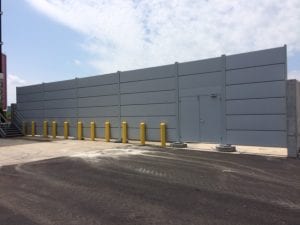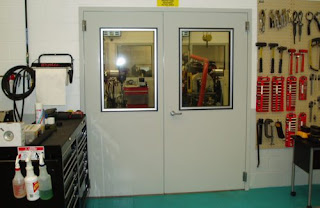How to measure decibels
Soundproofing is the term given to the process through which an area, room or space is made less receptive to sound. It insulates the place against sound and is generally used to lessen undesired noise.
To what extent a space or a room is made “soundproof” depends on how much sound is able to pass through the soundproofing materials used. As you have to measure decibels, this is how the effectiveness of soundproofing is also measured.
Decibels are not basically units of sound. Instead, they are a way of expressing the ratio between the two levels of sound. Our ears encounter a wide range of decibels, which is roughly the difference between the quietest perceivable sound and the loudest sound we can hear from an engine dyno we can hear without intolerable pain of almost 1 watt per square meter.
Enhancing the power of a sound doesn’t enhance our perception about sound in the same proportion. If one sound has double the number of decibels than a second sound in a dyno test, we wouldn’t hear that first sound as if it were twice as loud; we would barely notice the difference. We would just usually perceive that a sound has become twice as loud when the number of decibels is increased by 10.
Long term exposure to quite high levels of decibels may cause hearing loss. Even short term exposure to high levels of noise may cause hearing loss. How much hazard of hearing loss there depends on the number of decibels perceived and the length of exposure?
The efficiency of soundproofing is measured by determining how many decibels of noise within the restricted area have lessened after the use of soundproof ceiling tiles. However, for most people, soundproofing is utilized to lessen the level of noise to an acceptable level, where hearing is not damaged and noise is not perceived as an annoyance.




Comments
Post a Comment